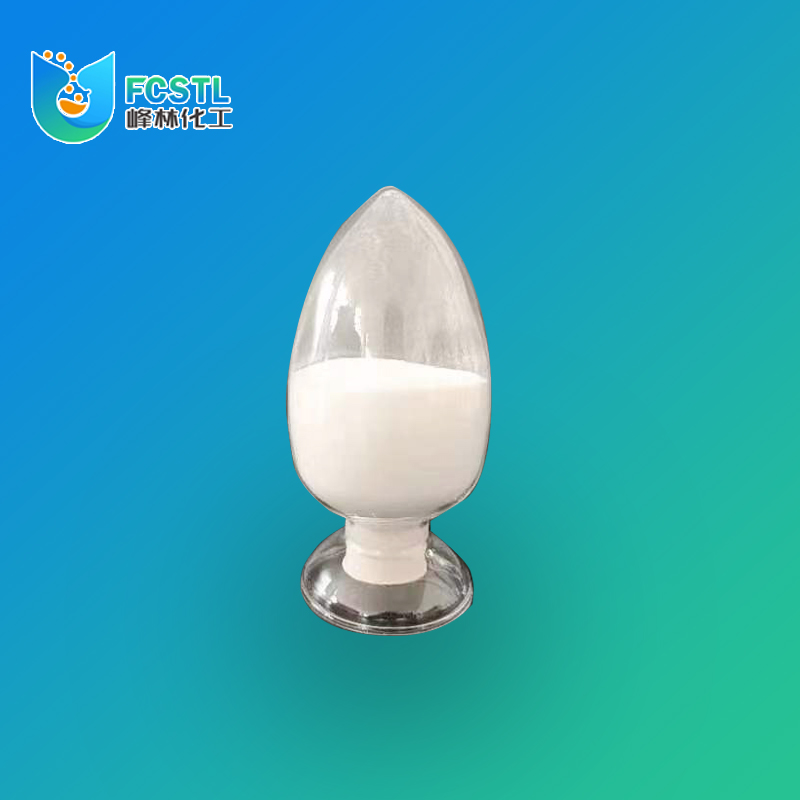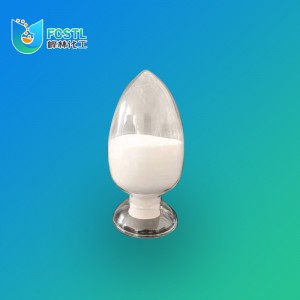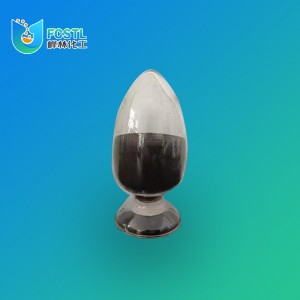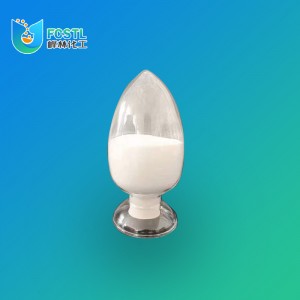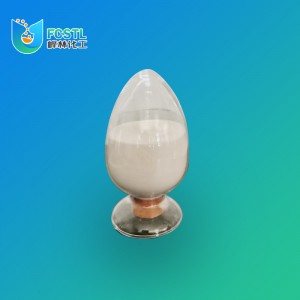FC-631S Fluid Loss Control Additives
• FC-631S has good versatility and can be used in a variety of cement slurry systems. It has good compatibility with other additives.
• FC-631S has a high viscosity of low shear rate, which can effectively enhance the suspension stability of the cement slurry system, maintain the fluidity of the slurry, prevent sedimentation at the same time, and have good anti gas channeling performance.
• FC-631S is suitable for wide temperature with high temperature resistance up to 230℃. After use, the fluidity of cement slurry system is good, stable with less free liquid and without retarding set and the early strength at low temperature develops quickly.
• FC-631S can be used alone. The effect is better when used together with FC-650S.
• FC-631S is suitable for fresh water slurry preparation.
High-temperature oil fields face a unique set of challenges when it comes to well cementing. One of these challenges is the issue of fluid loss, which can occur when the drilling mud filtrate invades the formation and causes a reduction in the fluid volume. To solve this problem, we have developed a specialized fluid loss reducer that is specifically designed for use in high-temperature oil fields. FC-631S is a kind of fluid loss additive control and it is suitable for Russian and North American market.
| Product | Group | Component | Range |
| FC-631S | FLAC HT | AMPS+NN | <230degC |
|
Item |
Index |
|
Appearance |
White to light yellow powder |
|
Item |
Technical index |
Test condition |
|
Water loss, mL |
≤100 |
80℃,6.9MPa |
|
Multiviscosity time, min |
≥60 |
80℃,45MPa/45min |
|
initial consistency, Bc |
≤30 |
|
|
Compressive strength, MPa |
≥14 |
80℃,normal pressure,24h |
|
Free water, mL |
≤1.0 |
80℃, normal pressure |
| Component of cement slurry: 100% grade G cement (High sulfate-resistant)+44.0% fresh water+0.6% FC-631S+0.5 % defoaming agent. | ||
For more than 20 years, fluid loss control agents have been added to oil-well cement slurries and it is now recognized in the industry that the quality of cementing jobs has significantly improved. Indeed, it is generally clearly acknowledged that a lack of fluid loss control may be responsible for primary cementing failures, due to excessive density increase or annulus bridging and that formation invasion by cement filtrate may be deleterious to the production. Fluid loss additive can not only effectively control the fluid loss of cement slurry, but also prevent oil and gas layer from being polluted by the filtered fluid and thus increase the recovery efficiency.


